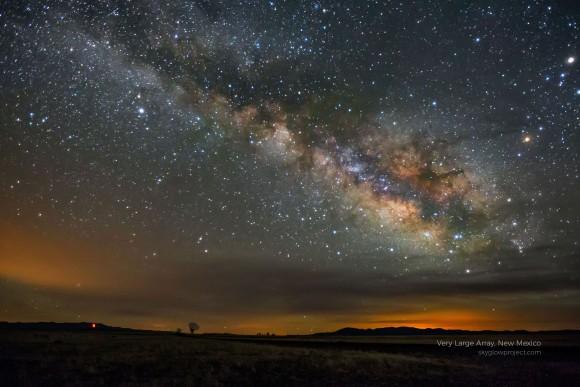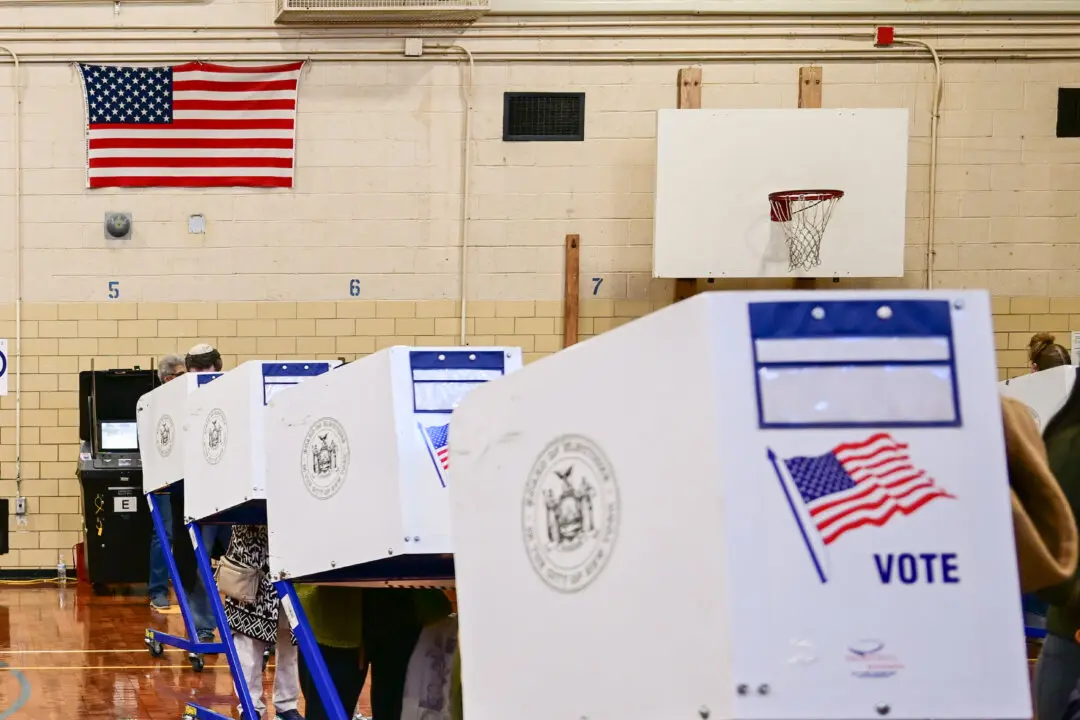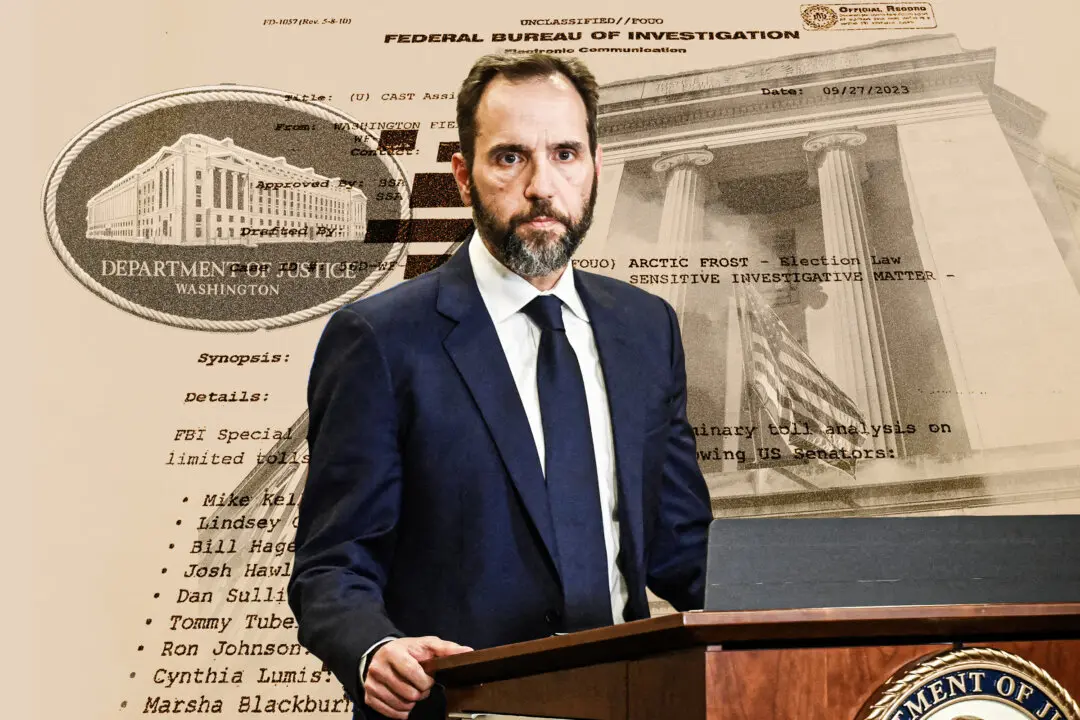When was the last time you remember seeing a star-filled sky? Have you felt like you’re not getting a good sleep at night? It may all be one problem: light pollution.
The explosion of artificial lighting over the past 140 years brought the benefits of productivity and convenience. But it also permanently illuminated the sky, pushing the darkness of night further and further away from human settlements.
And, as it turns out, darkness is very important.
Light pollution disrupts migratory navigation, mating rituals, hunting, and many other processes essential to the life of plants, insects, and animals.
Even worse, light pollution ruins our sleep. It interferes with the human body’s ability to produce melatonin—a crucial chemical that needs near perfect darkness to be generated. Exposure to light at night has been linked to diabetes, obesity, breast and prostate cancer, and other health conditions.
That’s why it’s worrisome that more than 99 percent of Americans live under skies considered light-polluted. And that’s also why about four out of five Americans can’t see the Milky Way anymore.
Gavin Heffernan and Harun Mehmedinović, visual artists and filmmakers, ran into the problem of light pollution through a hobby. They like to take pictures of the night sky, especially pictures with extremely long exposure, which can reveal many more stars than the human eye perceives.





